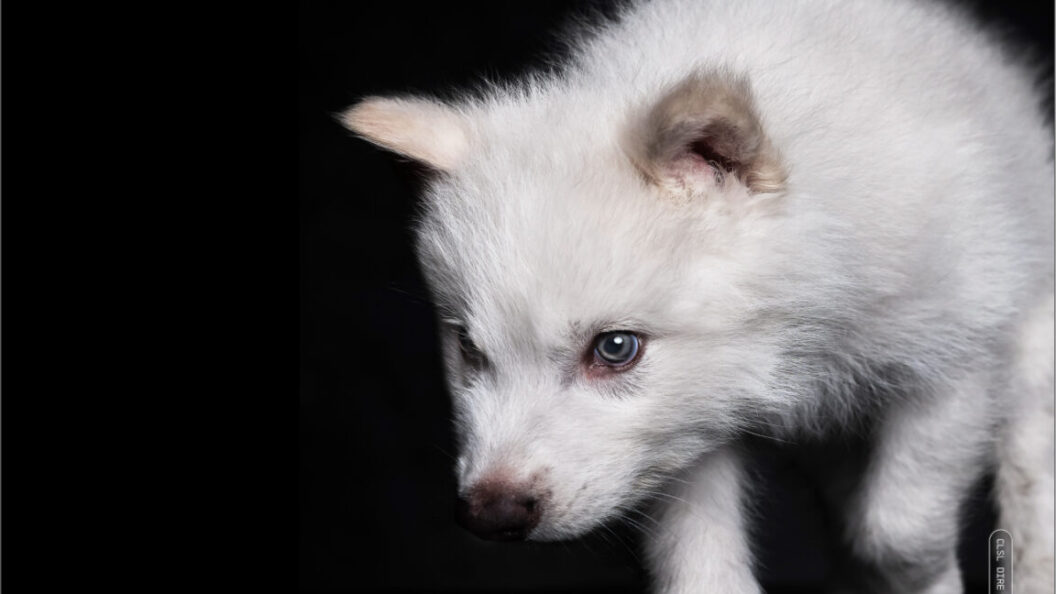Colossal Announces De-Extinction of the Dire Wolf
Introduction to Groundbreaking Claims
On Monday, the biotech firm Colossal unveiled what it heralds as a monumental breakthrough in the field of de-extinction: the revival of the dire wolf, an iconic predator that roamed North America during the Late Pleistocene epoch. This announcement marks a significant moment in genetic engineering and wildlife conservation, as Colossal asserts that it has successfully cloned gray wolves with genome modifications to replicate the genetic profile of the extinct species.
The Dire Wolf: A Historical Disappearance
The dire wolf (Canis dirus), a large and formidable predator, became extinct approximately 10,000 years ago, coinciding with the widespread extinction of various large mammals across the Americas. While long regarded as a distant relative to the contemporary gray wolf (Canis lupus), genetic research conducted by Colossal reveals that dire wolves have a unique evolutionary lineage, having diverged from other canids over 2.5 million years ago. This timeframe is notably longer than the divergence of species such as brown and polar bears, emphasizing the distinct nature of the dire wolf.
Genomic Modification Process
Colossal’s researchers conducted genetic analyses of two newly sequenced dire wolf genomes and proposed that restoring this long-lost species would entail editing 14 key areas within the gray wolf’s genome, translating into a total of 20 genetic alterations. The company claims it has engineered 15 genetic variants in these clones, though specific details about these edits remain undisclosed. A Colossal spokesperson indicated that the precise genetic modifications made to achieve these results would not be made public at this time.
The focus of Colossal’s work appears primarily aimed at replicating the dire wolf’s physical characteristics, including its size and coat color. Notably, rather than using the variant found in the true dire wolf genome for achieving a lighter coat color, researchers opted for variants linked to larger gray wolf populations to ensure compatibility with the existing gray wolf genome. This cautious approach aims to minimize potential complications during the de-extinction process.
Scientific and Ethical Considerations
The de-extinction of the dire wolf poses intriguing scientific questions as well as ethical dilemmas. While the possibility of bringing back lost species has excited researchers and conservationists alike, skepticism surrounds the methods used by Colossal. Some scientists argue that the genetic differences between the gray wolf and the dire wolf are significant enough to raise concerns about whether the recreated species will truly embody the characteristics of an extinct dire wolf.
Moreover, the operational ethics of de-extinction, including the ecological ramifications of reintroducing modified creatures into their ancestral habitats, invite significant discourse within the scientific community. Environmentalists question whether such endeavors distract from the pressing conservation issues facing current endangered species.
The Future of De-Extinction and Conservation
Colossal’s announcement not only ignites a renewed interest in de-extinction efforts but also underscores the potential for biotechnology to contribute to wildlife preservation. The ability to resurrect extinct species, even in modified forms, could eventually lead to new conservation strategies aimed at restoring ecosystems impacted by human activity.
As the debate continues regarding the feasibility and ethical implications of such scientific progress, the role of public perception and regulatory frameworks will also be critical in shaping future projects. The company’s ambitious goals may pave the way for innovative approaches to biodiversity conservation, yet they necessitate careful scrutiny to balance enthusiasm with responsibility.
Conclusion: A Bold Step into the Unknown
Colossal’s declaration marks a pivotal moment in the intersection of genetics and conservation, presenting both excitement and caution. While the prospect of reviving the dire wolf raises questions about the boundaries of science and the natural world, it also offers an opportunity to rethink our relationship with extinct species. The journey toward understanding the implications of such pioneering work is just beginning, and its outcomes could resonate deeply within both ecological and scientific communities for years to come.









